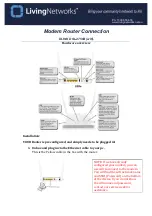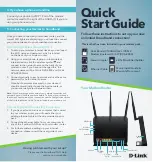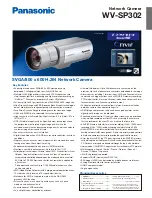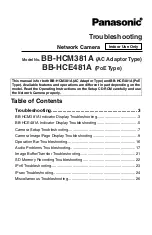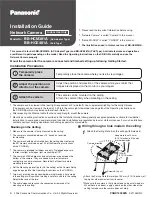
160
Firewall Enhancements
Release Note
Software Version 2.8.1
C613-10477-00 REV B
Firewall Enhancements
This Software Version includes the following enhancements to the Firewall:
■
Firewall Licencing
■
Disabling SIP ALG Call ID Translation
■
Displaying SIP ALG Session Details
■
Firewall Policy Rules Expansion
■
Displaying a Subset of Policy Rules
This section describes the enhancements. The new and modified commands to
implement them are described in
Command Reference Updates
.
Firewall Licencing
By default, the AR415S allows up to 2000 firewall sessions, and the AR442S
allows up to 4000 firewall sessions. Additional firewall sessions require a
special feature licence. If you need more firewall sessions, contact your
authorised distributor or reseller. Other products do not require special
licences for firewall sessions.
Command changes
The following table summarises the modified command.
Disabling SIP ALG Call ID Translation
This Software Version allows you to specify whether the SIP ALG translates the
Call-ID field of SIP packets before sending them out onto the public network.
When NAT is configured on the router or switch, the SIP ALG translates the
private IP addresses embedded in SIP packets into globally routable IP
addresses before sending the packets out onto the public network. This
includes changing the IP address part in the Call-ID field of the SIP packets.
The device that initiated the SIP session creates the Call-ID field by combing a
random number and the device’s IP address. Changing the IP address part in
the Call-ID field provides security by not revealing the private IP addresses in
your network through the Call-ID.
An example of a Call-ID field with a private address is:
The router or switch only translates the Call-ID when the device that initiated
the SIP session is a device within its private network.
To specify whether the Call-ID field of SIP packets are translated before being
sent out onto the public network, use the new command:
set firewall sipalg
callidtranslation={on|off|yes|no|true|false}
Command
Change
show firewall
New output parameters































